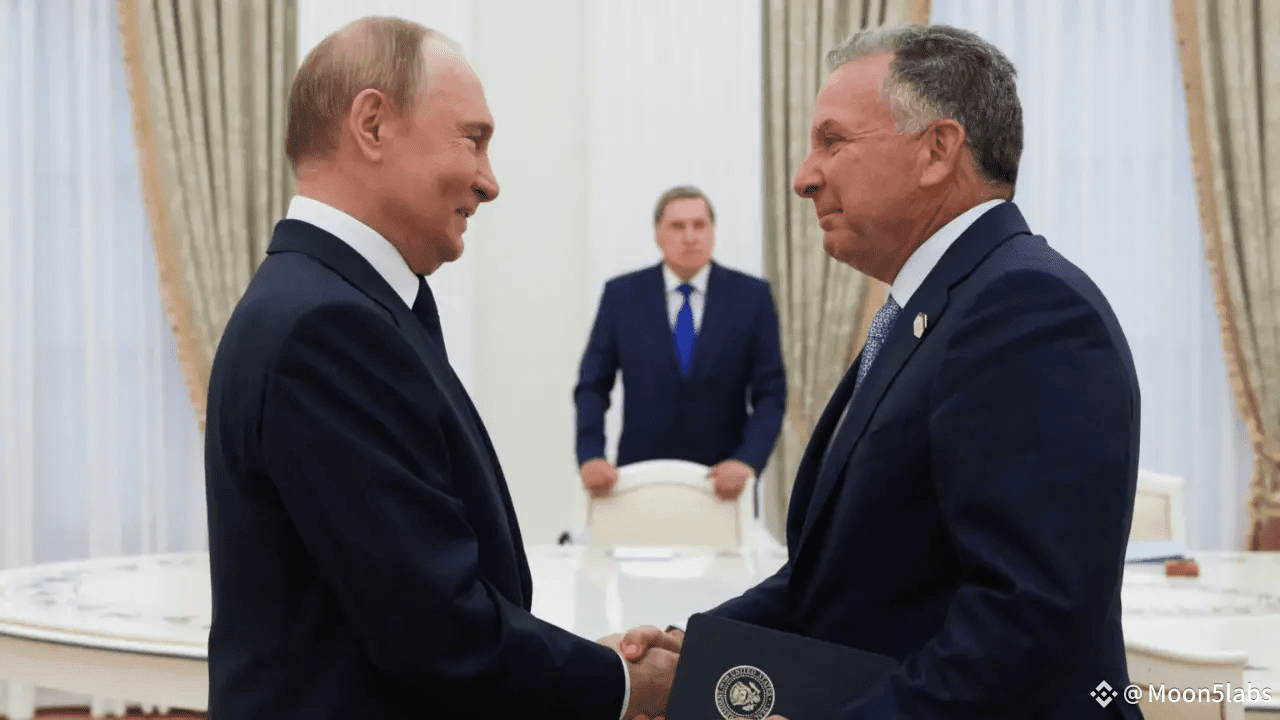Steve Witkoff spent three hours behind closed doors with Vladimir Putin, only to leave Moscow with nothing to offer Donald Trump. Hopes for a diplomatic breakthrough on Ukraine were dashed, and Trump’s pressure campaign fell flat.
The Kremlin described the meeting as “constructive,” but seasoned observers know this is just diplomatic code for “no agreement at all.”

Rockets Instead of Resolution
Trump had been hoping for signs of de-escalation in the Ukraine conflict — perhaps even a path toward ceasefire. Instead, Russia has ramped up its military campaign, increasing both drone and missile strikes on Ukrainian cities since Witkoff and Putin last met in April.
Russian state outlets like TASS and RIA Novosti vaguely mentioned that “signals were exchanged” between Washington and Moscow — but failed to specify what these signals actually were. The usual smoke and mirrors.
A Handshake and Nothing More
After landing in Moscow, Witkoff met with Russian investment envoy Kirill Dmitriev and later with President Putin. Kremlin media showed a short video of the two shaking hands — a symbolic gesture that ultimately amounted to the only visible outcome of the entire trip.
Sources in the White House say Trump was deeply frustrated by the lack of progress. In early July, he had already threatened Russia with a fresh wave of sanctions if it failed to move toward peace.
Behind closed doors, Trump reportedly described Putin’s calls as “tense” and accused him of “spreading nonsense” about Ukraine. He also called Russia’s missile attacks “disgusting.” But none of that moved Putin — and Trump didn’t get what he wanted.
Trump’s Retaliation: India in the Crosshairs
Shortly after the failed meeting, Trump shifted focus to India, one of Russia’s largest oil buyers. The White House announced an additional 25% tariff on Indian imports, raising the total import duty to 50%.
In a newly signed executive order, Trump declared:
“I find that the Government of India is currently importing oil from the Russian Federation, either directly or indirectly… Therefore, Indian-origin goods imported into the U.S. will be subject to an additional ad valorem duty of 25 percent.”
Trade Deal Collapsed in Days
Just months ago, talks of a new U.S.–India trade deal were gaining momentum. Headlines were full of optimism, suggesting an agreement was within reach. But things fell apart quickly after Trump accused China of supporting Putin on July 30 and warned that any nation helping Russia would be punished.
Days later, Indian officials publicly stated that they would continue buying Russian oil — regardless of U.S. threats. That was the final straw.
Trump retaliated. India became the next target in his escalating trade war.
The Trade War Finds a New Front
Trump’s strategy now appears to be targeting Russia’s economic allies — applying pressure not just to the Kremlin, but to the nations enabling its oil exports. India has become the new front line of this global trade conflict.
But whether this move will shift Russia’s behavior remains unclear. If history is any guide, Putin won’t blink first — and Washington will have to keep searching for leverage.
#TRUMP , #putin , #TradeWars , #Geopolitics , #worldnews
Stay one step ahead – follow our profile and stay informed about everything important in the world of cryptocurrencies!
Notice:
,,The information and views presented in this article are intended solely for educational purposes and should not be taken as investment advice in any situation. The content of these pages should not be regarded as financial, investment, or any other form of advice. We caution that investing in cryptocurrencies can be risky and may lead to financial losses.“

